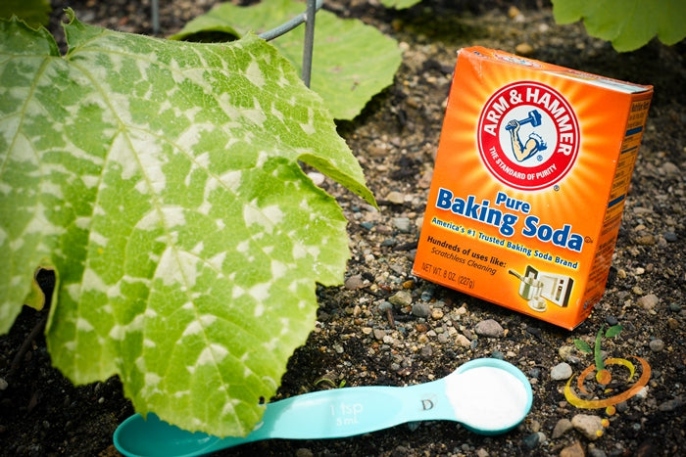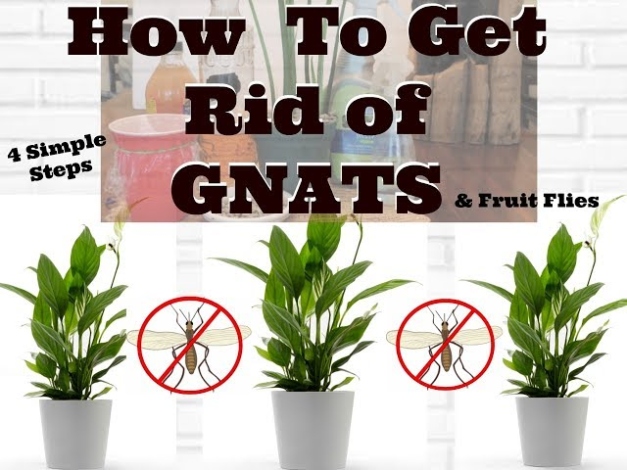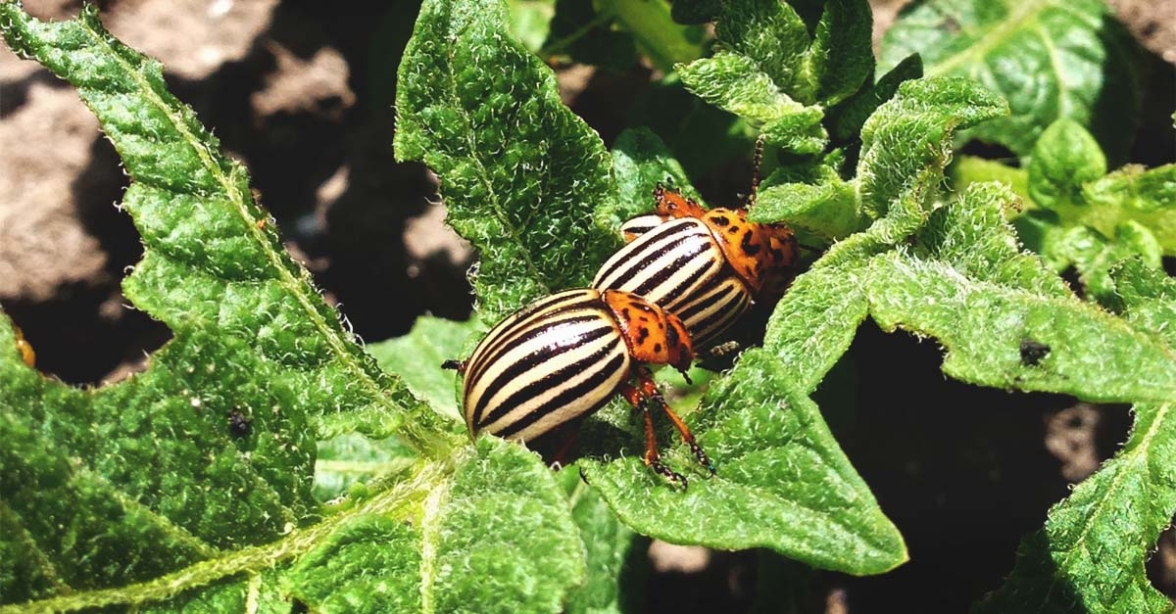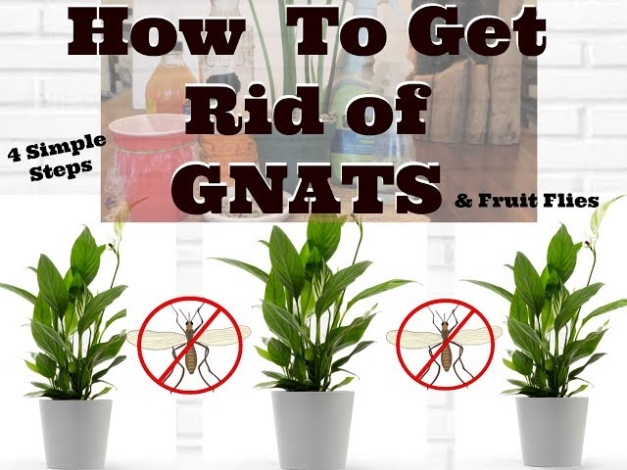Say Goodbye to Powdery Mildew!
Welcome to the ultimate guide on eliminating powdery mildew on Plants with ease! As a plant lover, there is nothing more frustrating than seeing your beloved plants covered in a white, powdery substance. Not only does powdery mildew detract from the beauty of your plants, but it can also weaken them and affect their overall health.

Image Source: gardendesign.com
But fear not, because with the right knowledge and techniques, you can say goodbye to powdery mildew once and for all! In this article, we will explore some effective strategies for preventing and treating powdery mildew, so you can bring back the beauty of your plants and enjoy a mildew-free garden.
Powdery mildew is a common fungal disease that affects a wide variety of plants, including roses, cucumbers, squash, and zinnias. It thrives in warm, humid conditions and spreads quickly through spores carried by the wind. The first sign of powdery mildew is usually a white or gray powder-like substance on the leaves, stems, and flowers of infected plants.
To prevent powdery mildew from taking hold in your garden, it is important to take some proactive measures. One of the best ways to prevent powdery mildew is to ensure that your plants are properly spaced and receive adequate air circulation. This will help prevent the buildup of humidity around your plants, which is a prime breeding ground for powdery mildew.
Another important preventive measure is to water your plants at the base, rather than from above. Watering from above can create damp conditions that are ideal for powdery mildew to thrive. By watering at the base of your plants, you can help keep the foliage dry and discourage the growth of powdery mildew.
In addition to these preventive measures, there are also several effective treatments for powdery mildew. One popular treatment is to use a Homemade spray made from a mixture of water, baking soda, and dish soap. This spray can help kill existing powdery mildew spores and prevent new ones from forming.
Another effective treatment for powdery mildew is to use a commercial fungicide specifically designed to target powdery mildew. These fungicides are readily available at garden centers and can be applied according to the manufacturer’s instructions.
If you prefer a more natural approach, you can also try using neem oil or a mixture of milk and water as a treatment for powdery mildew. These natural remedies can help suppress the growth of powdery mildew and protect your plants from further damage.
In addition to these treatments, it is important to regularly inspect your plants for signs of powdery mildew and take prompt action if you see any. Removing and disposing of infected leaves and stems can help prevent the spread of powdery mildew to other parts of the plant.
By following these tips and techniques, you can effectively eliminate powdery mildew from your plants and enjoy a beautiful, mildew-free garden. So say goodbye to powdery mildew and bring back the beauty of your plants with these simple and effective strategies!
The Ultimate Plant Lover’s Guide
Welcome to the ultimate guide for plant lovers who are determined to eliminate powdery mildew with ease! As a fellow plant enthusiast, I understand the frustration that comes with dealing with this common fungal disease. But fear not, because with the right knowledge and strategies, you can bring back the beauty of your plants and create a stunning, mildew-free garden.
First and foremost, it’s important to understand what exactly powdery mildew is and how it affects your plants. Powdery mildew is a fungal disease that presents itself as a powdery white substance on the leaves, stems, and flowers of plants. It thrives in warm, humid conditions and can quickly spread if left unchecked. While it may not always kill your plants, powdery mildew can certainly affect their growth and appearance.
Now, let’s dive into some effective tips and tricks for eliminating powdery mildew and keeping your garden looking its best. One of the most important steps in preventing powdery mildew is to ensure proper air circulation around your plants. This can be achieved by spacing your plants adequately, trimming back any overgrown foliage, and avoiding overcrowding in your garden beds.
Another key strategy is to water your plants at the base, rather than from above. Powdery mildew thrives in damp conditions, so by watering at the base of your plants, you can help prevent excess moisture from accumulating on the leaves and stems. Additionally, be sure to water your plants in the morning to allow ample time for any excess moisture to evaporate throughout the day.
Incorporating natural fungicides into your gardening routine can also help combat powdery mildew. Products such as neem oil, baking soda, and potassium bicarbonate have been shown to be effective in controlling fungal diseases. Simply mix these ingredients with water and spray the solution onto your plants, making sure to cover both the tops and bottoms of the leaves.
Furthermore, maintaining a clean and tidy garden can go a long way in preventing powdery mildew. Regularly remove any fallen leaves or debris from the base of your plants, as these can harbor fungal spores and provide an ideal breeding ground for powdery mildew. Consider mulching around your plants to help suppress weed growth and retain moisture in the soil.
For plants that are already affected by powdery mildew, there are several organic remedies that you can try. One common method is to mix a solution of milk and water and spray it onto the affected plants. The proteins in the milk have antifungal properties that can help inhibit the growth of powdery mildew. Another option is to use a solution of hydrogen peroxide and water, which can help kill the fungus and prevent further spread.
In addition to these proactive measures, it’s important to regularly monitor your plants for any signs of powdery mildew. Early detection is key in preventing the spread of the disease, so be sure to inspect your plants regularly for any white, powdery residue on the leaves. If you do notice signs of powdery mildew, take immediate action to treat the affected plants and prevent further spread.
By following these tips and implementing a proactive approach to managing powdery mildew, you can create a beautiful and healthy garden that is free from this pesky fungal disease. With a little bit of effort and dedication, you can enjoy your plants thriving and flourishing in a mildew-free environment. So get out there, roll up your sleeves, and show powdery mildew who’s boss!
Easy Tips for a Mildew-Free Garden
Welcome to the ultimate guide on eliminating powdery mildew on your Plants with ease! If you’re a plant lover like us, you know how heartbreaking it can be to see your beloved plants covered in that unsightly white powdery substance. But fear not, we have some easy tips to help you maintain a mildew-free garden and bring back the beauty of your plants!
First and foremost, it’s important to understand what powdery mildew is and how it affects your plants. Powdery mildew is a fungal disease that thrives in warm, humid conditions. It typically appears as a white or gray powdery coating on the leaves, stems, and flowers of plants. If left untreated, powdery mildew can stunt the growth of your plants and even cause them to die.
Now, let’s dive into some easy tips for keeping your garden free of powdery mildew:
1. Proper Air Circulation: One of the best ways to prevent powdery mildew is to ensure proper air circulation in your garden. Trim back any overgrown foliage and space out your plants to allow for adequate airflow. This will help prevent the warm, humid conditions that powdery mildew thrives in.
2. Water Wisely: Powdery mildew loves moisture, so be sure to water your plants in the morning to allow enough time for the foliage to dry out during the day. Avoid overhead watering, as this can create a humid environment that promotes the growth of powdery mildew.
3. Prune Infected Leaves: If you spot any signs of powdery mildew on your plants, promptly prune off the infected leaves and dispose of them in the trash. This will help prevent the disease from spreading to other parts of the plant.
4. Use Organic Fungicides: If powdery mildew persists despite your best efforts, consider using organic fungicides to help control the disease. Neem oil, potassium bicarbonate, and sulfur-based fungicides are effective options for treating powdery mildew.
5. Monitor Your Plants: Regularly inspect your plants for any signs of powdery mildew so you can take action quickly. Early detection is key to preventing the disease from spreading and causing further damage to your plants.
By following these easy tips, you can maintain a mildew-free garden and bring back the beauty of your plants. Remember, prevention is always better than cure when it comes to powdery mildew, so be proactive in caring for your plants and keeping them healthy and happy.
We hope this guide has been helpful in your quest for a powdery mildew-free garden. Happy gardening!
Bring Back the Beauty of Your Plants!
Are you tired of looking at your once beautiful plants covered in powdery mildew? Don’t worry, there are easy and effective ways to bring back the beauty of your plants and eliminate powdery mildew once and for all!
Powdery mildew is a common fungal disease that can affect a wide variety of plants, from flowers to vegetables to trees. It typically appears as a white or gray powdery substance on the leaves, stems, and flowers of plants, and can quickly spread if not properly treated.
But fear not, there are several simple methods you can use to combat powdery mildew and restore your plants to their former glory. One of the most effective ways to eliminate powdery mildew is to use a Homemade fungicide spray. This spray can be made using ingredients you likely already have in your kitchen, such as baking soda, dish soap, and water. Simply mix these ingredients together in a spray bottle and apply to the affected areas of your plants. The baking soda works to disrupt the cell walls of the fungus, while the dish soap helps the spray adhere to the plant’s foliage.
Another effective method for combating powdery mildew is to prune and remove any infected parts of the plant. This can help prevent the spread of the fungus to healthy parts of the plant, and also allows for better air circulation, which can help prevent future outbreaks of powdery mildew.
In addition to using homemade fungicide sprays and pruning infected parts of the plant, there are a few other tips you can follow to help bring back the beauty of your plants. One tip is to avoid watering your plants from above, as this can create a humid environment that is ideal for the growth of powdery mildew. Instead, water your plants at the base to help keep the foliage dry and prevent the spread of the fungus.
Another tip is to regularly inspect your plants for signs of powdery mildew, such as white or gray spots on the leaves. By catching the fungus early, you can prevent it from spreading and causing more damage to your plants.
With these simple tips and methods, you can bring back the beauty of your plants and eliminate powdery mildew with ease. So don’t let powdery mildew get you down – take action today and restore your plants to their former glory!
how to get rid of powdery mildew on plants










